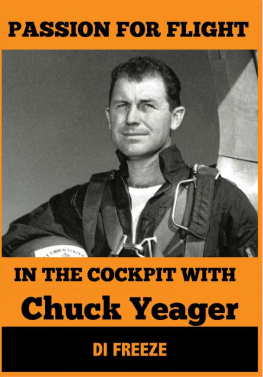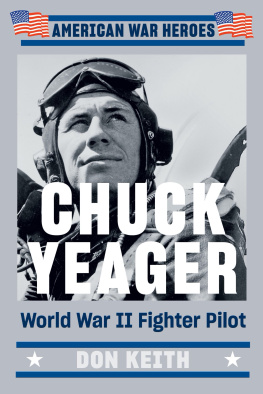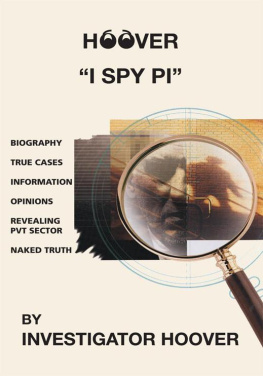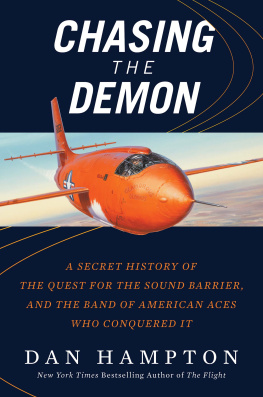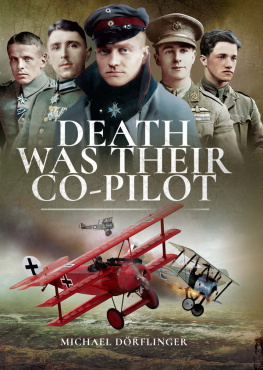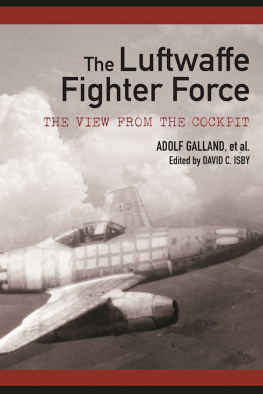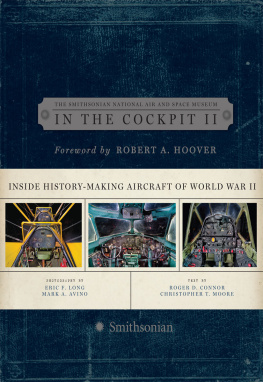In the Cockpit with Bob Hoover
Di Freeze
In the Cockpit with Bob Hoover
Published by Di Freeze at Smashwords
Smashwords Edition, License Notes
This e-book is licensed for your personalenjoyment only. This e-book may not be re-sold or given away toother people. If you would like to share this book with anotherperson, please purchase an additional copy for each recipient. Ifyoure reading this book and did not purchase it, or it was notpurchased for your use only, then please return to Smashwords.com
Copyright 2013 Di Freeze
All rights reserved.
Freeze Time Media
Inthe Cockpit with Bob Hoover and other books in the Passion forFlight series are dedicated to the many pilots such as Bob Hooverwho have allowed me and others to glimpse the beauty of flightthrough their eyes. This series is also dedicated to those pilots Ihad the pleasure of interviewing who have flown west, includingBrig. Gen. Robin Olds, Brig. Gen. David Lee Tex Hill, SteveFossett, and Cliff Robertson. My hope is that these stories willinspire future pilots, young and old alike, to experience thatbeauty and passion for flight.
SEEING BOB HOOVER FLY
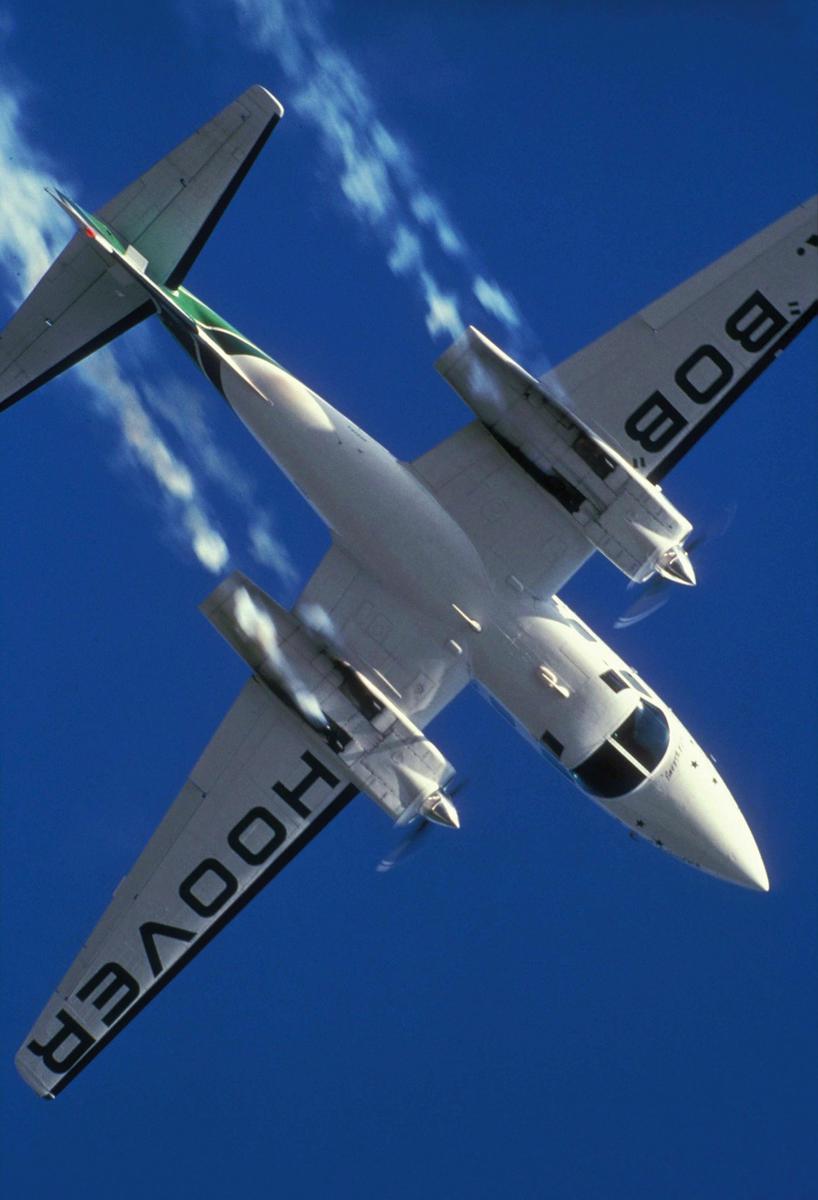
Bob Hoover Photo
Bob Hoover in the Shrike Commander.
In 1984, the Abbotsford Air Show, held eastof Vancouver, drew so much attention that traffic wasbumper-to-bumper from the freeway to the airfield. In that trafficsat a popular performer who was behind schedule.
He watched the sky, judging his launch timeby who was in the air. Suddenly, he rammed the car ahead of him.The other driver leaped from his car and raced to the pilotswindow.
Damn it! I just bought this brand-newLincoln for my wife, he exclaimed. Worse than that, now Im gonnamiss seeing Bob Hoover fly!
Embarrassed, Bob Hoover introduced himself,apologized for the inconvenience and invited the couple to ride inhis car. Soon, they were traveling through the VIP gate, towardsthe P-51 and Shrike Commander the legendary air show pilot would beflying that day. Hoover thrilled spectators that day, and continuedto do so for years to come.
In more than 50 years of flying, Bob Hooverperformed aerobatics in more airplane types, in more events, inmore countries and before more people, than anyone in the historyof aviation.
In Forever Flying, by Bob Hoover with MarkShaw, Chuck Yeager refers to Hoover as the greatest pilot hes everseen and a magician in the cockpit. Astronaut Wally Schirra saysHoovers the finest acrobatic pilot weve seen in ourlifetime.
Fellow acrobatic giant Leo Loudenslager saysHoover set the standard of excellence, and Barron Hiltondescribes the pilot in flight as poetry in motion." JimmyDoolittle called Hoover the greatest stick-and-rudder man who everlived. You're about to find out why.
AEROBATICS INSTRUCTION
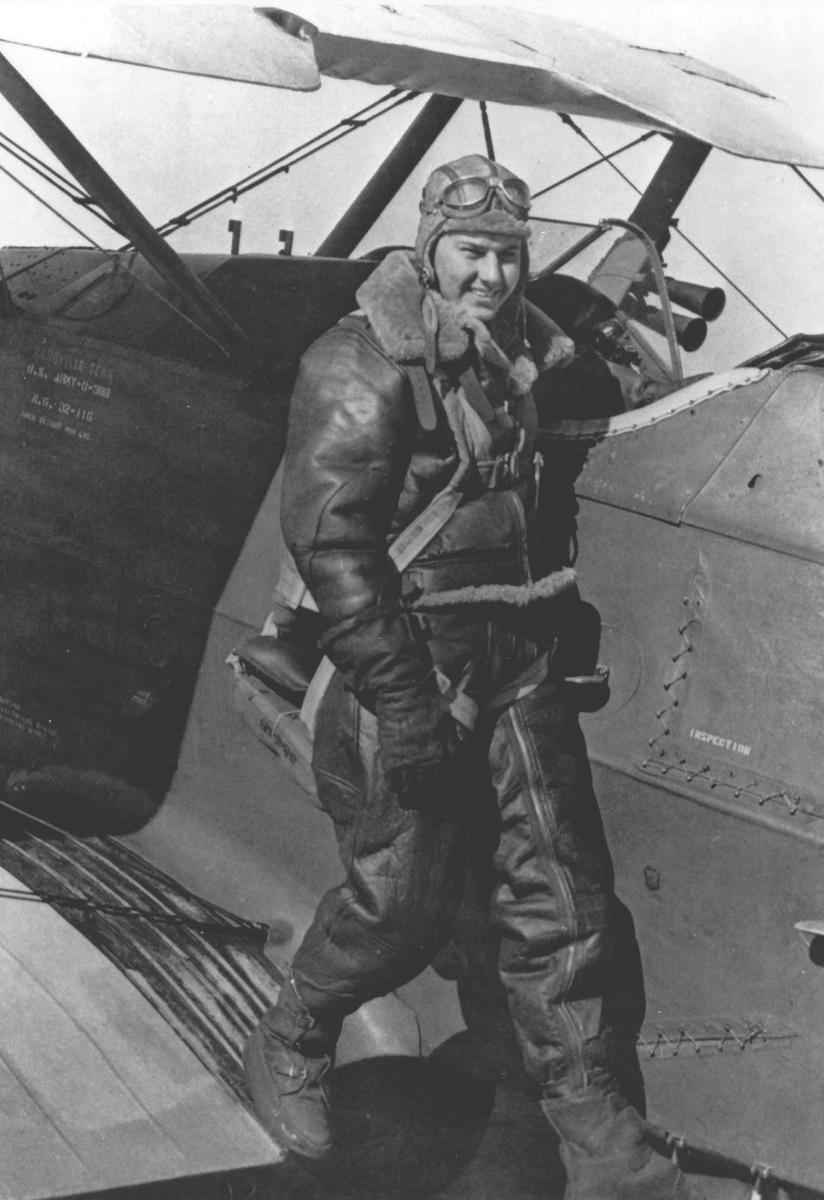
Bob Hoover Photo
Hoover joined the Tennessee Air NationalGuard on his eighteenth birthday.
Robert A. Hoover was born on Jan. 24, 1922,in Nashville, Tenn. The youngest of Leroy and Bessie Hoovers threechildren became infatuated with aviation when Charles Lindberghmade his historic transatlantic flight in 1927. I was just fiveyears old, he recalled. I saw pictures and started buildingmodels.
By high school, his love for aviation hadgrown to the point where he read everything he could aboutaviation, including newspaper clippings on Lindbergh, EddieRickenbacker and other aviation heroes of the day. Jimmy Doolittlewas my idol. I wanted to be just like him.
A book by Bernie Ley introduced him to theworld of aerobatics and gave instruction about how to performroutines. I studied the maneuvers until I knew every one byheart.
Hoover would often ride his bicycle to BerryField, 15 miles from his home, where the Tennessee Air NationalGuard flew the Douglas 0-38. One day, Roscoe Turner visited thefield. By then, Hoover was familiar with stories of the pilot whooften traveled with his lion, Gilmore. Turners flamboyance andattention to detail impressed Hoover. Seeking an opportunity to benear him, he wiped the windshield of Turners sleek Laird. Inreturn, Turner let him sit in the cockpit.
At 15, Hoover began taking flying lessons.Each Sunday, he pocketed the two dollars hed earned for 16 hoursof sacking groceries and showed up at the airport for a 15-minutelesson in a Piper Cub. After almost a year, he finally had theeight hours needed to qualify for solo flight. But he had aproblem. I was nauseated every time I got airborne.
When Hoover did finally fly solo, he waspleasantly surprised to find that without his instructor, the planeflew better and he didnt get as sick. Every time I found I couldhandle one maneuver, I went on to the next one, until I conqueredthe airsickness, he said. I did all sorts of aerobatics withairplanes that werent designed for it. I didnt know any better,but I managed to do it without hurting them.
He found out quickly that he loved toperform various routines, and was soon practicing harder maneuvers,like Cuban 8s, Immelmanns and hesitation rolls.
THE MILITARY
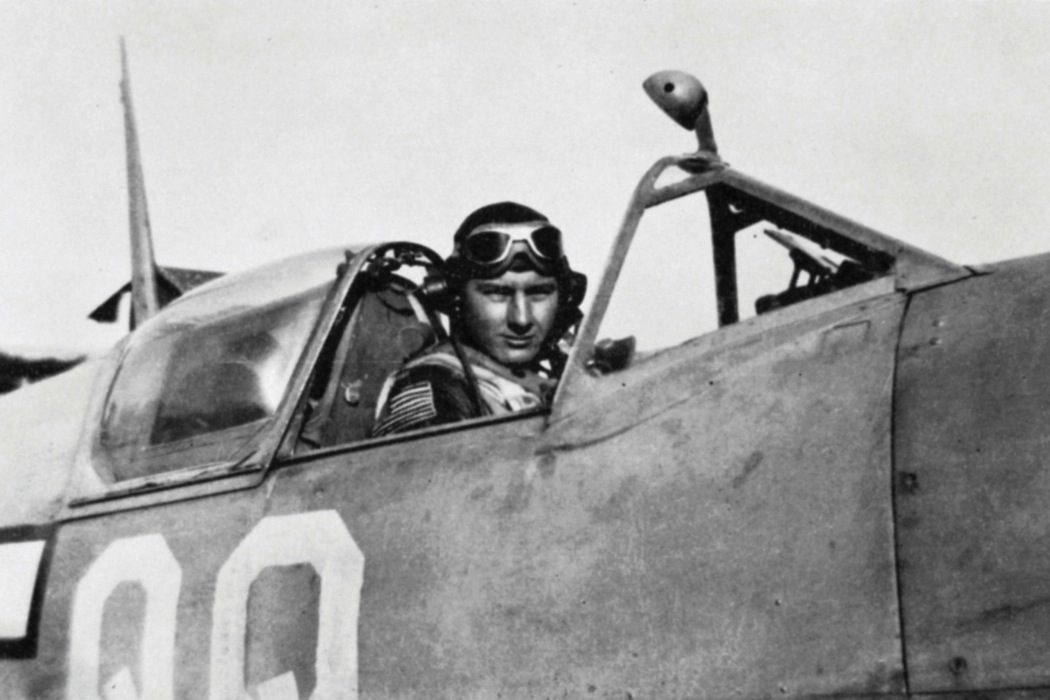
Bob Hoover Photo
Bob Hoover in the cockpit of a Spitfire,1942.
Hoover graduated from high school in 1940.On his eighteenth birthday, he joined the Tennessee Air NationalGuard. He was a tail-gunner trainee in the 105th ObservationSquadron. I wasnt eligible to go to the Air Corps flying school,because I hadnt turned 21 and didn't have the requisite two yearsof college.
Still, some of the officers let him fly thedual-control Douglas O-38s, and he continued to buy flying timewith the few dollars he earned in the Guard. In the meantime, WorldWar II had begun.
Although the United States hadnt officiallyentered the conflict, the Tennessee National Guard lived up to thestates reputation as the Volunteer State, and after requestingthe privilege, went on active duty in September 1940. Hooverssquadron was soon transferred to Columbia, South Carolina, where itwas meshed into the Army Air Corps.
A change in regulations appeared to be theanswer to Hoovers dream of flying in combat. They lowered the ageto become a pilot from 21 to 18. The squadrons commanding officergave me an opportunity to become a second lieutenant and a pilot inthe Air Guard. However, I found out that if I went through hisroutine to become a military pilot, I would have an S in mywings, which would mean service pilot, not combat.
Instead, he asked for an assignment formilitary flight training. Hoover reported for primary training inHelena, Arkansas, a small town south of Memphis, Tennessee. It wasDecember 1941, shortly after the bombing of Pearl Harbor.
On his first orientation flight in aStearman PT-17, his instructor did a roll, and then asked him totry one. After Hoover completed a perfect roll, and then followedup with four-, eight- and 16-point rolls, as well as other advancedmaneuvers, the instructor informed his commanding officer of thenew pilots talent. Hoover was soon showing other instructors whathe could do in the airplane, and the CO asked the 20-year-old toput on a 30-minute demonstration for the other cadets on graduationday.
Hoover thought he was finally on the way tobeing a qualified fighter pilot. But, he was sent to basic trainingat Greenville, Mississippi, and then to Columbus, Mississippi, foradvanced twin-engine training. That meant he would eventually flytransports or bombers. The disappointment was unbearable. I wantedto be a fighter pilot in the worst way, he recalled.


